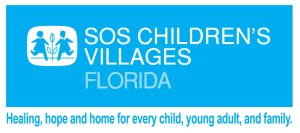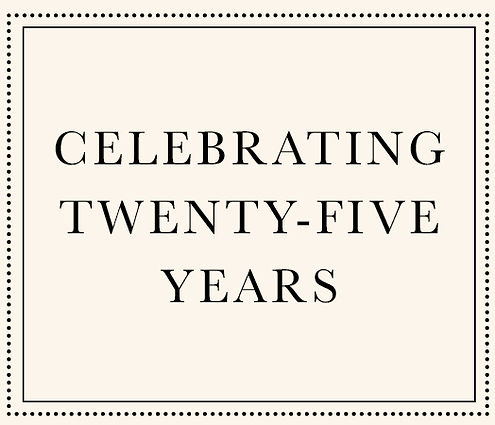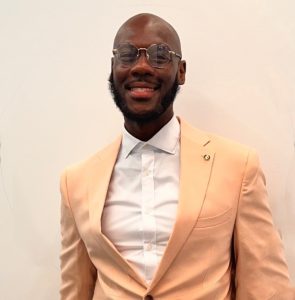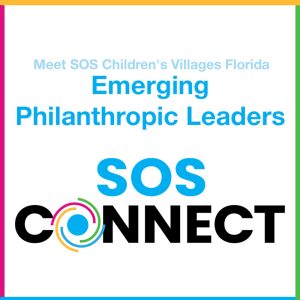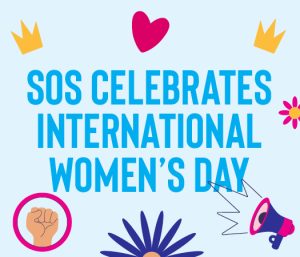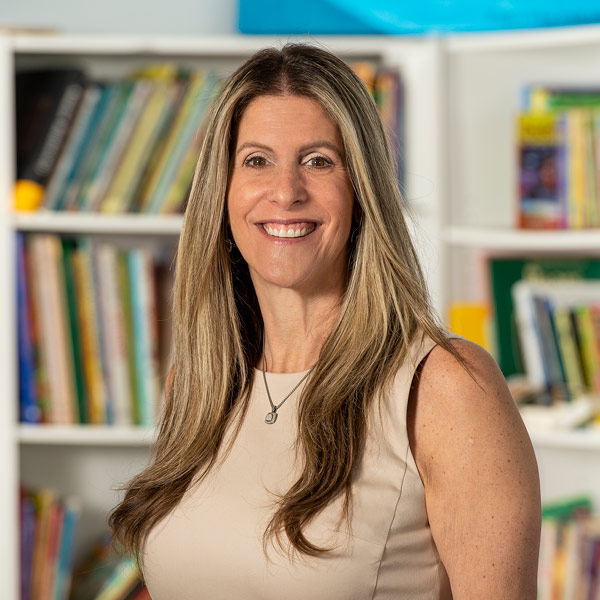
Jillian Smath, MSW
SOS Children’s Villages Florida CEO Jillian Smath began hercareer at SOS in 1997 as a Case Manager, and for the past twenty-five years she has been an advocate for the needs of children in foster care and has made her mark by working to provide them with a loving and caring environment to grow and heal from past traumas. Her work and leadership have improved the lives of many youth, while providing hope and promise for brighter futures.
Q.What prompted you to choose a career in child welfare?
A. I majored in social work in college and my first internship I was placed at a shelter for children in foster care. I had never been exposed to this population,but during my internship I knew that I wanted to continue in some capacity within the child welfare system.
Q. This year marks your 25th anniversary with SOS. What are the most significant changes you have seen over the years in both the Village and foster care in general?
A.When I first started, long term foster care was standard and children would remain in care until they aged out at eighteen. Adoptions or reunifications were not areas which were being worked on very diligently, so you had all these kids who were removed from their parents with the intention that they were just going to stay in foster care their whole lives. There wasn’t a lot inplace to prevent kids from coming into care, and there weren’t many recourses to help parents address and remedy issues they were facing to help them become effective parents.
Q. Wow…foster care has certainly evolved since then. What would you say are they most significant changes over the years?
A. 25 years later, the whole system has shifted and there is focus on prevention and keeping kids from coming into foster care in the first place, and when they do come into care, diving in and working with families to make sure that they have what they need to change and fix issues to get their kids back. On the adoption side, there is a much more vibrant program so that kids who are not able to go home have programs in place to look for adoptive homes.The biggest difference is support for young adults who age out of care at eighteen. When I first started there was no structure or services in place to support this population. Now there is obviously a huge component not only to our program but in the system to make sure that there are services and recourses in place for young adults as they transition from foster care to young adulthood.
Q.What do you see as the future of foster care?
A.The goal to reunify children with their biological families if it’s safe is a trend that is going to continue. The other piece is making sure that children are in less institutionalized settings. They should be in family like environments,and to have the opportunity to receive services and to support their individual needs.
Q.With the goal for children in foster care being that of reunification with their parents or relative, what is your most memorable instance of a family reunification? What were the circumstances which made it so special?
A.We had sibling set of eight andthe parents were very involved in their lives. The program department was working with the family, and they came to me and really wanted to reunify the children with their parents. At the time, this was not something even talked about because we had never done it before. Everyone was committed to doing it and it was very successful; this changed the whole philosophical approach to reunification organizationally and opened doors for us to be able to focus on more reunifications.
Q.Who are some of the people who have influenced your career over the years?
A.There have been several people who have been a key part of mycareer. My parents raising me naturally played a big role, but formerSOS CEO Margie Bruszer served as a mentor, and I have to credither with everything that I have learned. Former Board members Lou Sarbone and Kristina Stein have been influential in my career. At the time the organization was going through some changes, and both supported me by offering great advice and being hands on through the process.
Q.One thing you want people to know about foster care?
A.Kids in foster care are just kids. A lot of times children end up in foster care because parents do not have a support system, their parents grew up in similar situations themselves, orthey just do not have the tools or have never been taught what it is to be a good parent. Once you give them those opportunities many of these obstacles can be removed.
Q.What is your favorite aspect of SOS?
A.Coming to work every day and seeing the kids is special. If I am having a bad day all I need to do is get up and walk outside… everything disappears when I see the kids.Sometimes I am in my office and a mom or dad is coming in for their supervised visit and I get to meet them, so it just makes everything very real. When you get to see, touch, and feel our mission, you know that your efforts are going to a good place
Q.Any parting words to share?
A.I have such gratitude for everyone who has come across my path. When Ithink about being here for 25 years itis a big thing and I feel privileged to be able to lead people, have opportunities to interact with the kids and their families, and work with amazing supporters, donors, volunteers, Board members, and staff who make it all possible.
